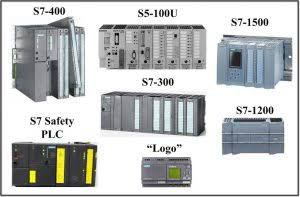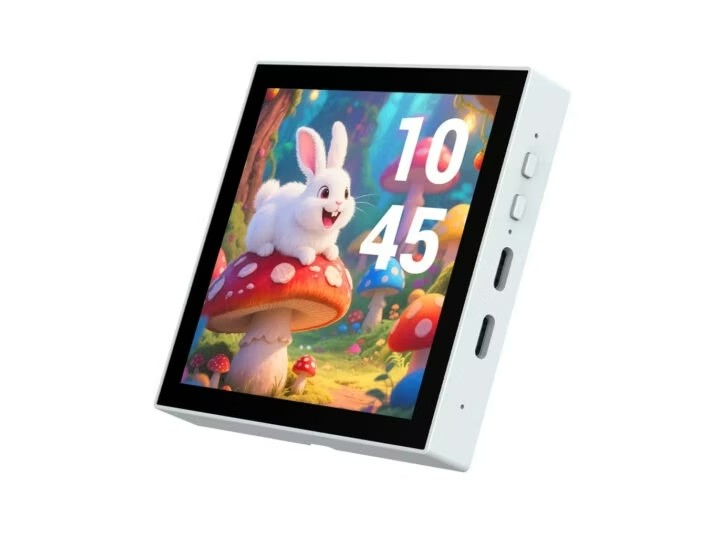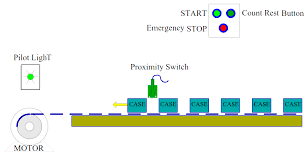PLC Types
PLC Types
PLCs are used in almost every industry right from manufacturing, food processing, automotive, oil & gas, and many other industries. No wonder the estimated growth for this market stands at $50 billion by 2026.
PLCs have evolved over time, with many different types of controllers now available on the market. Each type has its strengths and weaknesses which can make it more suitable for certain applications than others; it is important to understand the differences between them before deciding which one will be most appropriate for your particular application. Let’s have a look at the types of PLCs that are available.
A Programmable Logic Controller (PLC) is an industrial computer-based device used for controlling processes or machines in the manufacturing and production industry. PLCs are commonly used to automate processes that would otherwise be completed manually, such as machine movement, assembly line operation, quality checking, and process monitoring.
Different Types of PLC
There are various kinds of PLCs that are available. Some of them are mentioned below:
1. Mini PLCs
They are small, low-cost controllers that are ideal for simple control applications. They typically have fewer input/output (I/O) points than larger controllers and can be programmed using ladder logic or other programming languages. Mini PLCs offer fast installation due to their small size and often come with built-in I/O capabilities such as digital inputs, analog outputs, and pulse outputs.
2. Modular PLCs
They consist of a base unit that contains the processor module and communications ports, along with smaller modules that can be added to extend the system’s functionality. Modular systems offer more flexibility than fixed systems since they allow users to mix different types of I/O modules to meet their specific application requirements.
3. Fixed PLCs
They are designed for dedicated tasks and cannot easily be modified once installed; however, they provide cost-efficient solutions for many repetitive tasks. Fixed systems are suitable for straightforward process control applications where parameters do not need to change frequently or rapidly during operation.
4. Micro PLCs
They offer an intermediate level of complexity between mini models and modular designs; they are usually compact devices capable of controlling multiple processes simultaneously without requiring additional hardware components like expansion cards or rack units found in some modular models. Microcontrollers can also feature integrated communication functions such as Ethernet networking protocols for easy integration into a distributed automation system architecture.
5. Nano PLCs
They represent the latest generation of programmable logic controllers – these ultra-compact devices use advanced microcontrollers combined with specialized programming software tools to reduce costs while providing high levels of processing speed and accuracy. Nano PLCs are even used in highly complex applications involving multiple axes movement or sophisticated machine vision operations like object recognition algorithms & pattern matching techniques.
6. Safety PLC
A Safety PLC is designed to implement safety functions in industrial automation. It ensures the protection of personnel, equipment, and the environment by adhering to international safety standards like IEC 61508. Safety PLCs incorporate redundancy, and diagnostic capabilities, and are assigned Safety Integrity Levels (SIL) to ensure high reliability and fault tolerance.




Comments
Post a Comment